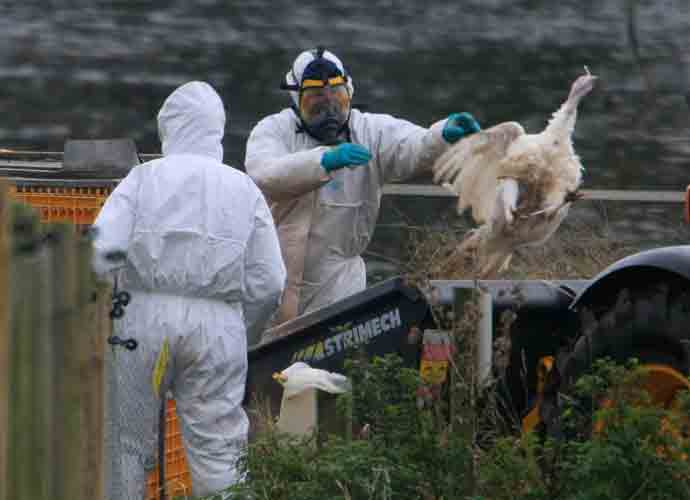WHO Sounds The Alarm As Bird Flu Threatens Jump To Humans With 52% Fatality Rate
The World Health Organization (WHO) has warned about the increased risk of bird flu transmitting to humans as the virus expands its reach into new species.
Since 2020, an outbreak of the H5N1 strain has resulted in the deaths of millions of birds worldwide. Alarmingly, the virus has also claimed the lives of numerous mammals, such as sea lions, elephant seals and a polar bear.
In addition to the growing concern, the virus has surfaced in 16 herds of cattle in Texas and left experts baffled, as it was previously believed that these animals were not susceptible to infection. This development raises apprehension about the potential for H5N1 to leap into the human population.
Dr. Jeremy Farrar, the WHO chief scientist, expressed deep concern at a press conference in Geneva, stating, “This remains, I think, an enormous concern. When you enter the mammalian population, you’re getting closer to humans; this virus is just looking for new, novel hosts.”
Farrar further warned that as the virus circulates among new mammalian hosts, its chances of further evolution and acquiring the ability to infect humans and, crucially, to spread from human to human increase. In the recent cattle outbreak in Texas, one person was diagnosed with bird flu after close contact with presumed infected dairy cows. Over the past two decades, hundreds of individuals have contracted the virus after exposure to infected animals. However, there is currently no evidence of human-to-human transmission in these cases.
Nevertheless, Farrar emphasized that the fatality rate for humans infected with H5N1 is exceptionally high. According to the WHO, from 2003 to 2024, there were 889 reported cases and 463 deaths across 23 countries, resulting in a case fatality rate of 52%.
The Texas infection represents the second case of bird flu in the United States and appears to be the first instance of H5N1 transmission through contact with an infected mammal, as stated by the WHO.
Farrar described the ongoing bird flu outbreak as a “global zoonotic animal pandemic” and called for heightened surveillance. He stressed the importance of understanding the extent of human infections and stated, “It’s a tragic thing to say, but if I get infected with H5N1 and I die, that’s the end of it. If I go around the community and spread it to somebody else, then you start the cycle.”
Farrar underscored the urgent need to develop vaccines and therapeutics for this strain. He also emphasized the importance of international health authorities having the capacity to diagnose the virus promptly and enable a swift response if the strain were to transition to human-to-human transmission.
Many scientists are comparing the trajectory to that of Covid-19, which killed over 1 million Americans during the pandemic.
RELATED ARTICLES
Get the most-revealing celebrity conversations with the uInterview podcast!









Leave a comment